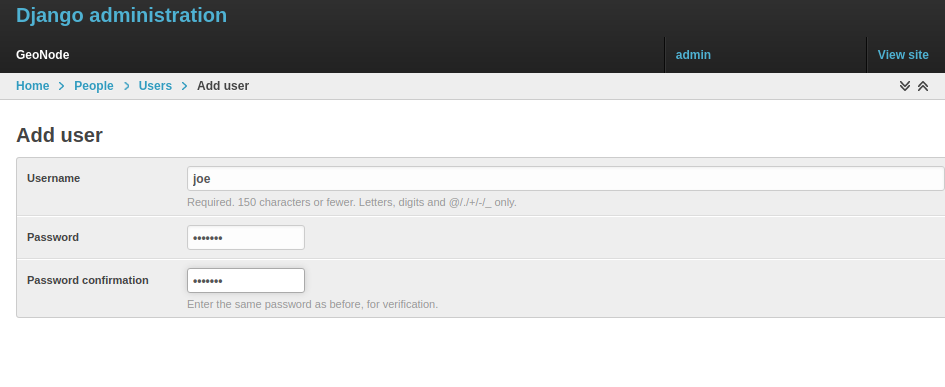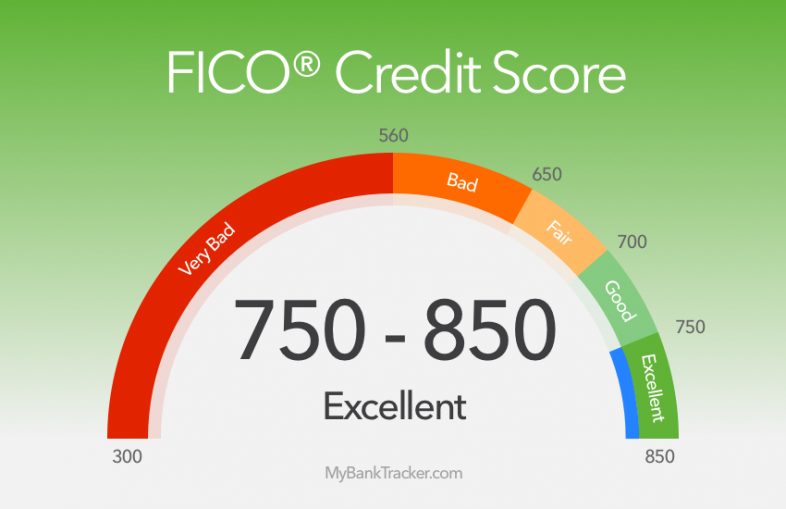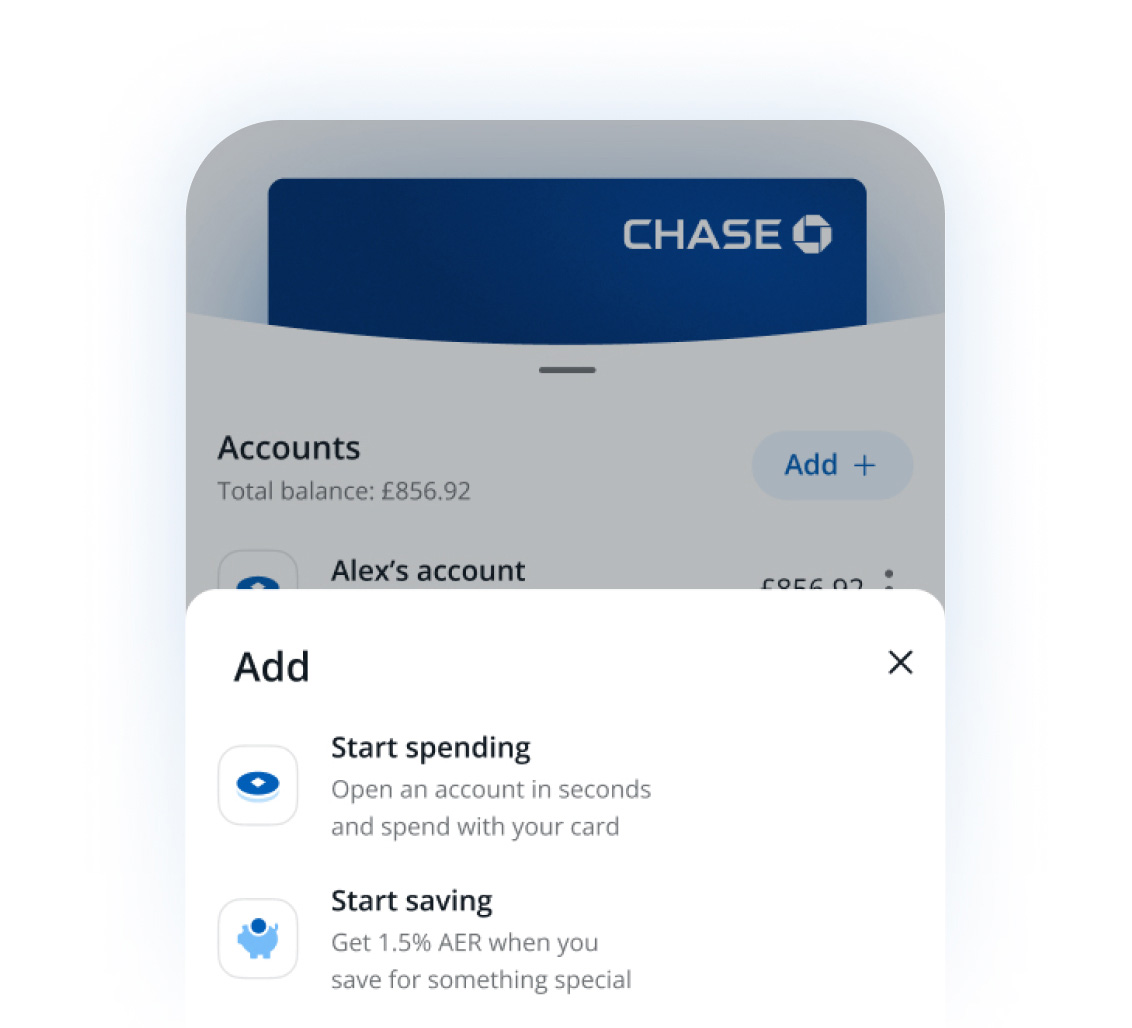
Forex technical analysis can be overwhelming for new traders. Beginners should simplify the concept and concentrate on just one or two key indicators. These include momentum indicators (or oscillators), breakout indicators or trend indicators. In general, a good strategy will use two or three of these major indicators. Excessive use of too many indicators could lead to overoptimization.
Techniques of technical analysis
Technical analysis can be used to predict future price changes by using charts. These tools are useful in identifying potential entry points and exit points, and spotting trends in the market. This method is used by traders to identify potential profitable trading opportunities. It requires careful study and data gathering. It can also help you determine the type of funds you need to invest.
Technical analysis's primary purpose is to identify trends. There are several ways to do this, including using price patterns and trendlines. A trendline is a line that connects significant highs and lows. It also shows potential reversal areas.

Techniques for fundamental analysis
Fundamental analysis involves examining economic data that affects a currency pair's price. Fundamental traders are not technical traders and do not examine random data. They instead attempt to identify the root cause of price movements. Fundamental analysis is based upon the notion that every asset has a "fair value", and markets can temporarily overprice or underprice it, but eventually they converge to its fair price.
Fundamental analysis is based on macroeconomic data and economic trends, as well as geopolitical factors. It can be used for predicting the movements of a currency and its economic outlook. Fundamental analysis is used to locate trading opportunities.
Techniques for automated technical analysis
Automated technical analyses can be used in trading in many different ways. Automated software can assist you in making informed trade decisions based on market trends. Technical analysts believe that prices follow established trends and patterns. They attribute these price movements to market psychology. People in the market have similar reactions to events, which automatically factors into currency prices.
Technical analysis is a powerful tool in trading, and it can help you minimize your losses. Technical analysis is available on all major markets as long as you have access the chart and a technical indicator. It is intended to help you make good buy/sell decisions and predict prices using data. It can also help you determine the strength of a trend and use this information to calculate margins.

Techniques for technical analysis by hand
There are two main types of technical analysis that can be done on the forex market: automated or manual. Automated systems use algorithms to detect signals and make calls. Manual analysis is based on trader's analysis past price movements. Automated systems can outperform manual analysis, but they can be more efficient than people. These automated systems can make decisions based solely on data and are immune to human emotions.
Technical analysis is about identifying patterns and analyzing probability. By identifying trends and patterns, you can predict which currencies will move up or down. This is what technical analysis does: It aims to measure and find these patterns. Each pattern is unique so it's not possible to predict the outcome of a pattern that you see more than once. Therefore, it is essential to be able to tell when a currency's value is low or high.
FAQ
Do I need to diversify my portfolio or not?
Many people believe diversification will be key to investment success.
Many financial advisors will advise you to spread your risk among different asset classes, so that there is no one security that falls too low.
However, this approach doesn't always work. It's possible to lose even more money by spreading your wagers around.
Imagine you have $10,000 invested, for example, in stocks, commodities, and bonds.
Imagine the market falling sharply and each asset losing 50%.
At this point, there is still $3500 to go. However, if all your items were kept in one place you would only have $1750.
So, in reality, you could lose twice as much money as if you had just put all your eggs into one basket!
It is important to keep things simple. Don't take more risks than your body can handle.
How do I begin investing and growing my money?
Start by learning how you can invest wisely. You'll be able to save all of your hard-earned savings.
Learn how you can grow your own food. It's not as difficult as it may seem. With the right tools, you can easily grow enough vegetables for yourself and your family.
You don't need much space either. Just make sure that you have plenty of sunlight. Also, try planting flowers around your house. They are also easy to take care of and add beauty to any property.
If you are looking to save money, then consider purchasing used products instead of buying new ones. Used goods usually cost less, and they often last longer too.
What can I do with my 401k?
401Ks make great investments. Unfortunately, not everyone can access them.
Most employers give their employees the option of putting their money in a traditional IRA or leaving it in the company's plan.
This means that you are limited to investing what your employer matches.
If you take out your loan early, you will owe taxes as well as penalties.
Which type of investment yields the greatest return?
The answer is not necessarily what you think. It all depends on the risk you are willing and able to take. You can imagine that if you invested $1000 today, and expected a 10% annual rate, then $1100 would be available after one year. If instead, you invested $100,000 today with a very high risk return rate and received $200,000 five years later.
In general, the greater the return, generally speaking, the higher the risk.
The safest investment is to make low-risk investments such CDs or bank accounts.
However, you will likely see lower returns.
Investments that are high-risk can bring you large returns.
You could make a profit of 100% by investing all your savings in stocks. However, it also means losing everything if the stock market crashes.
Which one do you prefer?
It all depends what your goals are.
To put it another way, if you're planning on retiring in 30 years, and you have to save for retirement, you should start saving money now.
If you want to build wealth over time it may make more sense for you to invest in high risk investments as they can help to you reach your long term goals faster.
Keep in mind that higher potential rewards are often associated with riskier investments.
But there's no guarantee that you'll be able to achieve those rewards.
How do I know if I'm ready to retire?
Consider your age when you retire.
Is there an age that you want to be?
Or would you prefer to live until the end?
Once you've decided on a target date, you must figure out how much money you need to live comfortably.
You will then need to calculate how much income is needed to sustain yourself until retirement.
Finally, determine how long you can keep your money afloat.
How old should you invest?
The average person invests $2,000 annually in retirement savings. Start saving now to ensure a comfortable retirement. If you wait to start, you may not be able to save enough for your retirement.
You need to save as much as possible while you're working -- and then continue saving after you stop working.
The sooner that you start, the quicker you'll achieve your goals.
When you start saving, consider putting aside 10% of every paycheck or bonus. You can also invest in employer-based plans such as 401(k).
Contribute at least enough to cover your expenses. After that, you can increase your contribution amount.
Is it really a good idea to invest in gold
Gold has been around since ancient times. And throughout history, it has held its value well.
But like anything else, gold prices fluctuate over time. A profit is when the gold price goes up. When the price falls, you will suffer a loss.
It all boils down to timing, no matter how you decide whether or not to invest.
Statistics
- 0.25% management fee $0 $500 Free career counseling plus loan discounts with a qualifying deposit Up to 1 year of free management with a qualifying deposit Get a $50 customer bonus when you fund your first taxable Investment Account (nerdwallet.com)
- Most banks offer CDs at a return of less than 2% per year, which is not even enough to keep up with inflation. (ruleoneinvesting.com)
- They charge a small fee for portfolio management, generally around 0.25% of your account balance. (nerdwallet.com)
- Over time, the index has returned about 10 percent annually. (bankrate.com)
External Links
How To
How to invest In Commodities
Investing in commodities involves buying physical assets like oil fields, mines, plantations, etc., and then selling them later at higher prices. This is known as commodity trading.
Commodity investing is based on the theory that the price of a certain asset increases when demand for that asset increases. The price falls when the demand for a product drops.
You don't want to sell something if the price is going up. You want to sell it when you believe the market will decline.
There are three main categories of commodities investors: speculators, hedgers, and arbitrageurs.
A speculator purchases a commodity when he believes that the price will rise. He doesn't care about whether the price drops later. For example, someone might own gold bullion. Or someone who is an investor in oil futures.
An investor who believes that the commodity's price will drop is called a "hedger." Hedging is an investment strategy that protects you against sudden changes in the value of your investment. If you are a shareholder in a company making widgets, and the value of widgets drops, then you might be able to hedge your position by selling (or shorting) some shares. This is where you borrow shares from someone else and then replace them with yours. The hope is that the price will fall enough to compensate. The stock is falling so shorting shares is best.
An "arbitrager" is the third type. Arbitragers trade one thing in order to obtain another. For example, if you want to purchase coffee beans you have two options: either you can buy directly from farmers or you can buy coffee futures. Futures allow you to sell the coffee beans later at a fixed price. While you don't have to use the coffee beans right away, you can decide whether to keep them or to sell them later.
This is because you can purchase things now and not pay more later. If you're certain that you'll be buying something in the near future, it is better to get it now than to wait.
But there are risks involved in any type of investing. One risk is that commodities could drop unexpectedly. Another is that the value of your investment could decline over time. These risks can be minimized by diversifying your portfolio and including different types of investments.
Another factor to consider is taxes. If you plan to sell your investments, you need to figure out how much tax you'll owe on the profit.
Capital gains taxes should be considered if your investments are held for longer than one year. Capital gains tax applies only to any profits that you make after holding an investment for longer than 12 months.
If you don’t intend to hold your investments over the long-term, you might receive ordinary income rather than capital gains. You pay ordinary income taxes on the earnings that you make each year.
You can lose money investing in commodities in the first few decades. But you can still make money as your portfolio grows.